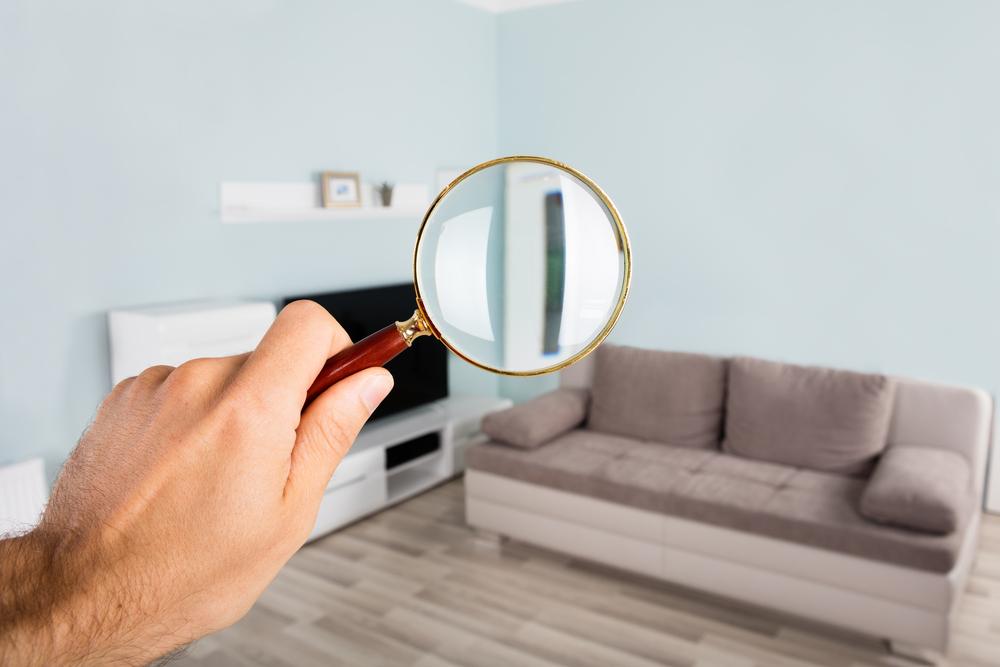If you’re buying a new home, the house may need to be tested for radon, depending on local laws. Although the tests aren’t required everywhere, you should insist on it. You might not be able to see or smell radon, but it can still harm you—slowly, and in ways that you can’t detect.
Radon is a colorless, odorless, radioactive gas. It comes from the natural decay of the radioactive chemical elements uranium or thorium. These elements are found in nearly all soils.





